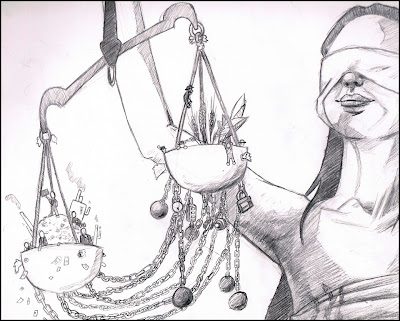Well, as you all might know, I'm a current Memphis College of Art student, and they are actually doing a Haunted House this weekend...
I just finished with my entry for the T-Shirt that they will be releasing. I'm not sure if I won yet, but here it is:
Dorm of the Dead : Nightmare on Rembert Street
Title: Dorm of the Dead : Nightmare on Rembert Street
Date: 9/29/2011
Medium: Illustrator
Scale: T-Shirt (not sure of the specific size listed)
I have a ton of sketch work to scan in and post up, but I decided to just go with this little toss up for now... Keep watching! I'll post more as it gets done!



































